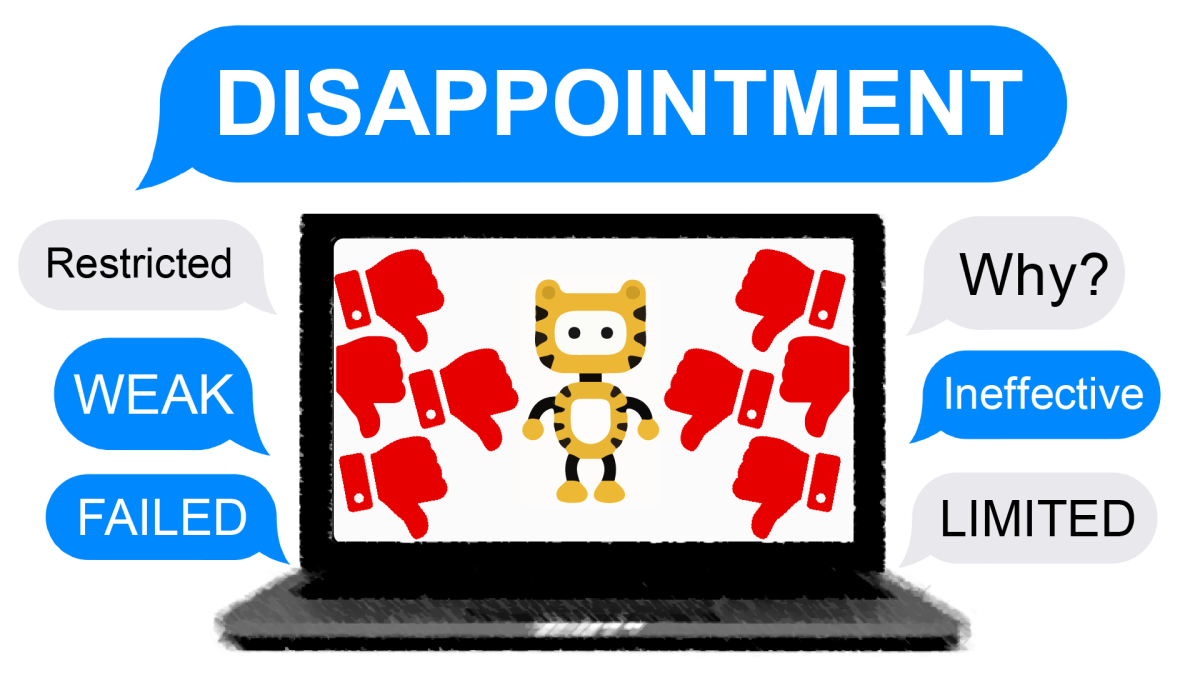The current [federal grant funding system](http://www.niaid.nih.gov/researchfunding/grant/strategy/pages/innovative.aspx) is hurting innovation.
The price of operating a working laboratory, with need to maintain as well as update equipment and technology, is quite staggering — and that is even before the cost of research. Universities, especially public ones like MU, can’t afford to fund most laboratories solely on the revenue generated by the school, so heads of labs and professors have to seek funding through research grants.
Research grants are awarded through funding panels of large organizations such as the National Science Foundation, the National Cancer Institute and the USDA. These organizations grant money to labs which goes into paying for chemicals, new equipment such as microscopes and spectrometers, payroll for lab workers and replacing the “nuts and bolts” of research — beakers, vials, pipette tips, etc. Some of the research done here at MU is funded through [the NSF](http://gradschool.missouri.edu/financial/assistantships-fellowships/fellowships/external/nsf-research-fellowship/) and [the USDA](http://krcu-news.blogspot.com/2011/04/usda-grants-14m-to-mizzou-texas-for.html).
Without grant funding, the best laboratories can hope to do is only maintain, let alone move forward with, their research. Because research depends so much on grants to function, large organizations like the National Science Foundation exercise an incredible amount of control over all direction of scientific research in this country. These organizations can take a fair share of credit for helping to bring about many medical and scientific breakthroughs in recent years but also have to shoulder a large amount of the blame for timidity and the slow pace of innovation in others.
Grant panels of these organizations, especially when money is tight, are very picky in what they choose to fund. Even though it might be more sound economic policy to fund projects that draw closely from previously successful findings over more exploratory projects, this approach has forced scientists to play it safe with their studies and has crippled innovation.
According to an article in [The New York Times](http://www.nytimes.com/2009/06/28/health/research/28cancer.html?pagewanted=all1), many scientists now focus on tweaking already studied and confirmed findings, because it is understood that anything too innovative won’t get funding because there’s a greater chance of failure.
But with safe, repeated studies, research is pretty much guaranteed to not realize its full potential because less new information comes from these studies. At least with innovative research, there is a chance that someone will discover something worthwhile, such as a possible cure for cancer that hasn’t already been kicked around in the scientific community for 20 to 30 years, as most of the current research has been.
A [study by the Massachusetts Institute of Technology](http://web.mit.edu/press/2009/creative-research-1209.html) found that research laboratories that were allowed to take greater risks with their research by being provided with long-term, less restrictive funding benefited from the investment. These labs were more likely to produce influential papers than labs whose research focused on conventional topics and methods. Labs that received short-term funding were restricted in their methods of research.
Most organizations either don’t recognize the potential of less restrictive long-term funding or, more likely, prefer not to take the economic risk of offering it. So, though there is definitely a chance for failure, scientists have the potential and ability to work it out in the end. That is really what research ought to be about. Doing a test when you already know the result seems less intriguing and less in essence of what research really is: discovery. Although there is a benefit to strengthening our understanding, breakthroughs and radical innovation are what really change the world. It is unfortunate that many research foundations and grant panels lack the sense of ambition and willingness to take risks that could lead to larger successes. When something as important as, say finding a cure for childhood-onset terminal illnesses, repeat research is a waste of time, money and lives.












